Coronavirus: Bit by the travelled bug
An unsuspecting coronavirus carrier’s journey across China has left dozens quarantined.
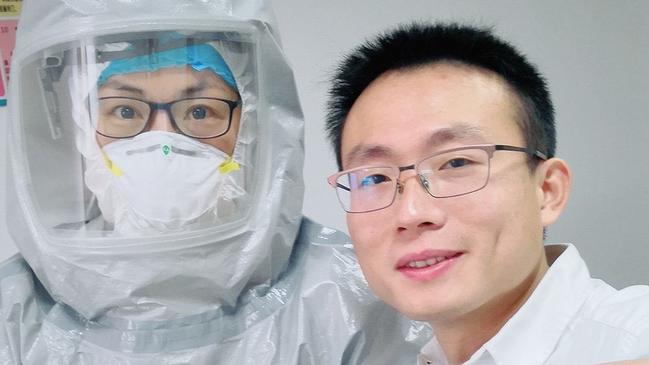
Looking back, Shen Wufu thinks he must have caught the virus during a few hours in Wuhan.
The 32-year-old architect briefly stopped off in the city on January 18 to hold a business meeting as he headed from northern China to the south for a family visit during the country’s week-long Lunar New Year holiday.
It had been more than two weeks since China announced a mysterious pneumonia outbreak in Wuhan and 11 days since it confirmed the cause: a new type of coronavirus.
Shen had seen media reports about the virus but it didn’t seem serious to him. In Wuhan that day, as elsewhere in China, most people carried on as normal, unaware that the deadly virus was already spreading among them. The city’s shutdown by government authorities was still five days away.
“You could hardly see anyone wearing a mask at the time,” he recalls. “No one realised there was an epidemic going on.”
Shen’s story ends happily. Among China’s 37,198 confirmed infection cases, he is one of the 2649 who had recovered and left the hospital by the weekend.
Still, Shen’s account of how he caught, and possibly passed on, the virus during a multi-city journey is a sobering illustration of how far it might have spread before government officials publicly confirmed it could transfer from person to person and quarantined Wuhan and two of the other worst-hit cities on January 23.
Sorrow and shame
In Shen’s case, more than 40 people who came into contact with him were quarantined in their local hospitals.
“I feel so embarrassed about it now because I’ve caused everyone a lot of trouble,” says Shen, now recovering at his parents’ home in the southern city of Shantou. “I’m really sorry.”
Shen is also living proof that some Chinese countermeasures are working: He was quarantined early, thanks to quick-thinking officials in the eastern city of Nanjing who contacted him after a friend he had lunch with on one of his city stops fell ill with the virus.
Exactly when and where Shen picked up the virus is unclear. Although based in Beijing, he travels frequently for work, often visiting construction sites, and had passed through multiple cities since late December.
His lunch in Nanjing could have exposed him to the virus, but his doctors and nurses would tell him later that, based on the virus’s average incubation period of 5.2 days, he had probably picked it up on his trip through Wuhan in central China on January 18.
After arriving at that city’s Wuchang railway station early that day, he took a taxi to a business meeting near Hankou railway station — about 1.5km from the seafood market where Chinese officials believe the virus first spread to humans, probably via stalls selling wild animal meat.
Shen didn’t set foot in the market. It had closed on January 1. He did visit another market that sold groceries and enjoyed a lunch there of hot noodles with stir-fried meat and vegetables.
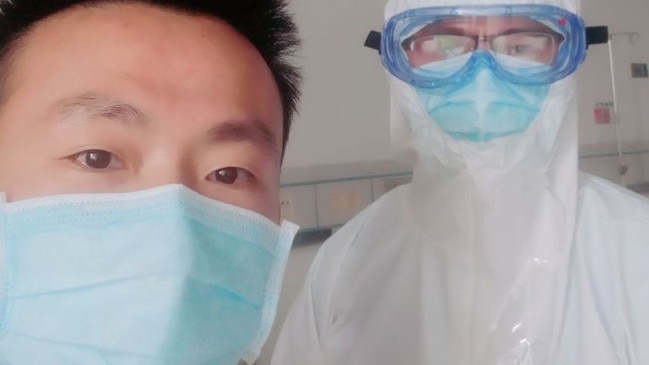
No precautions
Like most of Wuhan’s 11 million residents back then, he didn’t take any precautions. Local authorities hadn’t announced any new infections since revealing the first 41 cases on January 2 and were pressing ahead with a Lunar New Year banquet for more than 10,000 families that weekend.
Over the next week the number of cases jumped, raising suspicions in China — and abroad — that local officials initially tried to cover up the scale of the outbreak.
“The public announcements were all saying that everything is safe,” Shen says, “so although everyone knew there was pneumonia, nobody cared.”
After his midday meeting in Wuhan, he caught a slow train that afternoon to the southern city of Guangzhou — another megacity, with a population of 13 million — where he stayed with a friend for a few days. On his second day there, on January 20, he received a call on his mobile phone. It was a health official from Nanjing.
Shen had been in Nanjing briefly on January 13 to meet two friends for lunch. The official said one of the two friends — a 52-year-old company manager — had fallen ill and had been diagnosed with the coronavirus, possibly from exposure to colleagues who had been to Wuhan recently. Shen could be infected, the official warned, and should isolate himself.
Shen ignored the advice; he wanted to get home to Shantou: “Perhaps at the time I didn’t attach enough importance to it, but I didn’t have symptoms then.”
He wrapped himself up warmly, put on two masks, and travelled by train via the city of Shenzhen, population 12.5 million, to Shantou, a city of 5.5 million. From there he caught a bus to his parent’s house, trying to minimise contact with people along the way.
It was only after he got there, on January 22, that he heard on the news that experts at China’s National Health Commission had confirmed the virus was spreading person to person.
The night Shen arrived in Shantou he started feeling feverish. He took his temperature. It was 37.2C, but his temperature normally ran high. When he woke, though, he still felt unwell.
Before he could contact a doctor, the health department in Shantou called to say they had been alerted by colleagues in Nanjing, who had collected his travel details, and had decided to quarantine him. They were sending an ambulance to his home.
“They said I should on no account leave my home,” Shen recalls. “They must have been worried that I would run away.”
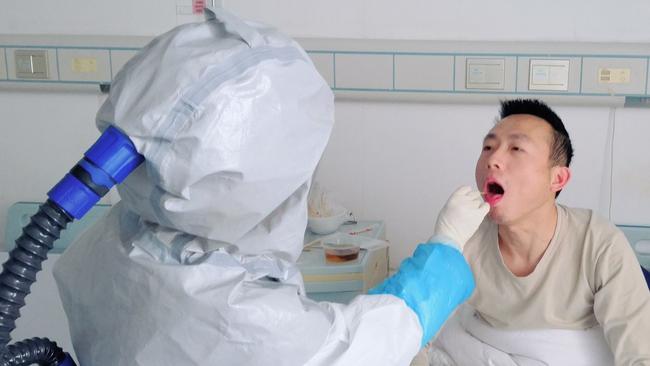
‘Like a fish in a net’
At the local hospital, medical staff took a phlegm sample and sent it for a nucleic acid test, the most common method in use in China to identify the virus.
A positive test result came back the next morning, and a second arrived in the afternoon. On the eve of the Lunar New Year, Shen was transferred to the First Affiliated Hospital of Shantou University Medical College, which was designated to handle coronavirus cases.
“Previously I would have been happy at home with my loved ones, all together,” he says. “Now I’ve been hauled into the hospital like a fish in a net.”
Using the WeChat messaging app, he warned relatives and friends to take precautions against the virus. Local officials quarantined his parents and 11 other close contacts at a county hospital, although none of them turned out to be infected.
Then local authorities mapped out his route back to Shantou and issued a public notice to find people who were on the same bus as him. More than 30 of them — some self-reporting, some reported by others — were quarantined in their local hospitals.
Shantou’s city government announced on January 26 that it would ban cars, ships and people from entering the city but, after locals started panic-buying, it retracted the order and said it would strengthen disease controls instead.
By that point a CT scan had shown that Shen had “sporadic nidus” — or areas of infection — in his lungs.
He was confined to a quarantine ward of about 20sq m with three beds, two of which were empty, with no Wi-Fi or television but with a new electric kettle. He guessed there were others in the wards next door to him, but he couldn’t hear them.
“It was abnormally quiet,” he recalls.
With only 14 confirmed cases in Shantou, the hospital wasn’t overwhelmed like those in Wuhan. Since then, the number has climbed to 20 as of last Wednesday.
Each morning began with a series of tests, conducted by medical staff swathed head-to-toe in protective gear: gloves, shoe covers, masks and full body suits.
Besides taking his blood pressure and temperature, they would use a cotton swab about 15cm long to gather secretions from his throat. Then they asked him to cough into a transparent cylindrical box.
“Every time I coughed up phlegm, my eyes would get wet. So the nurse would also collect secretions from the conjunctiva of my two eyeballs,” he says.
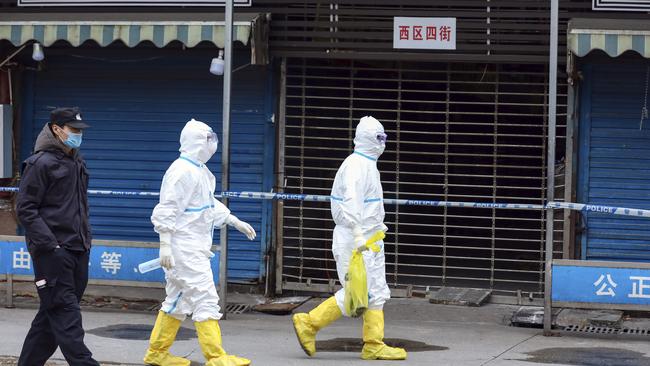
Lonely and isolated
After a few days, his temperature returned to normal, but he had to keep measuring it himself every other hour, shouting out the result through a microphone to a doctor in the corridor outside.
Every day he was given antibiotics; an antiretroviral called Kaletra, typically used to treat HIV; and Oseltamivir, an antiviral used to treat influenza, also known as Tamiflu.
He lost his sense of taste and occasionally would sip soy sauce to try to stimulate his tastebuds, although that wasn’t on doctor’s orders. The nurses tried to cheer him up with bowls of beef noodles.
No visitors were allowed. His biggest worry was that he might have infected his parents or other elderly relatives whose immune systems were weak.
“It was really lonely but luckily they didn’t take away my phone, otherwise I’d go crazy,” he says.
His first negative test for the infection came from the provincial Centre for Disease Control and Prevention on January 30, but a second test — a National Health Commission one with a lower viral-load threshold — remained positive.
Finally, on February 4, he was given the all-clear.
“I feel so lucky that I had so many professional experts and friends help me, and that I wasn’t severely infected like others,” Shen says.
Local authorities arranged a car to take him home and doctors told him to stay there until the epidemic subsided.
They didn’t prescribe any follow-up treatment but warned him to follow the advice now being broadcast nationwide: “The old three: wear masks; wash hands frequently; don’t go out!”
The Wall Street Journal
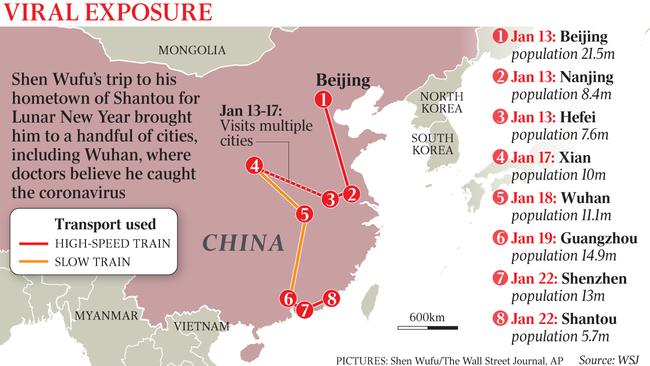


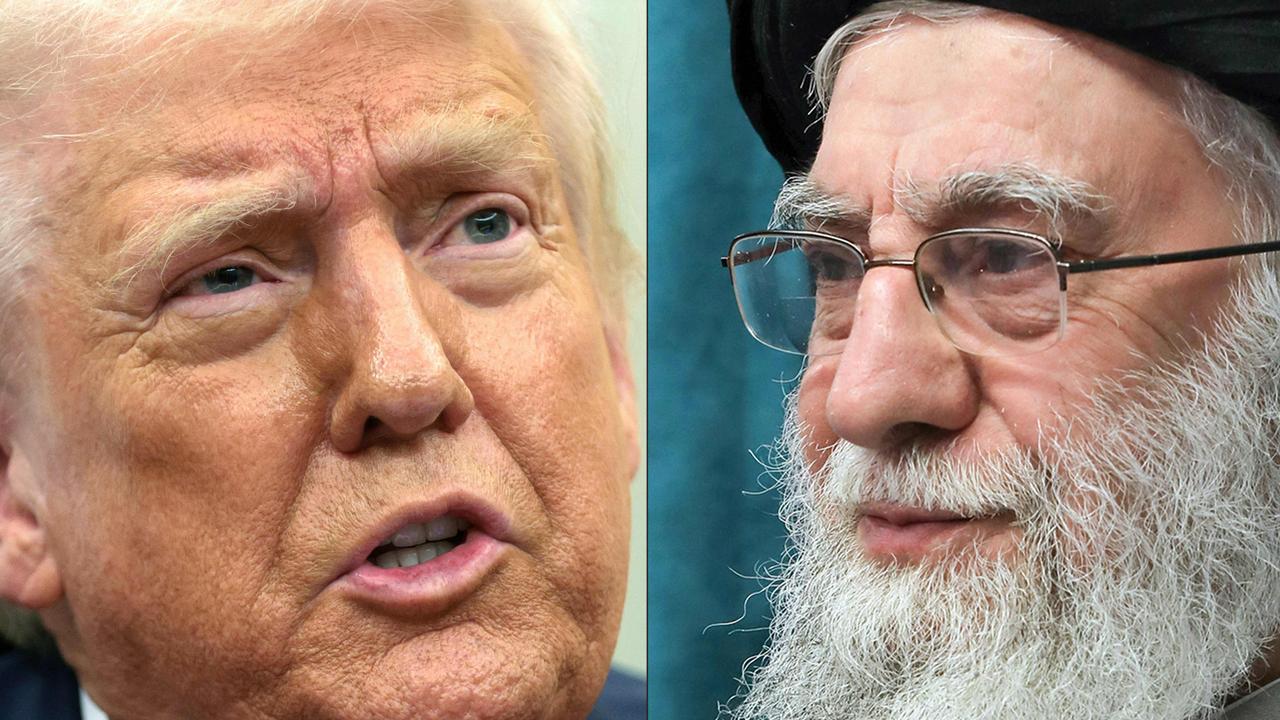
To join the conversation, please log in. Don't have an account? Register
Join the conversation, you are commenting as Logout